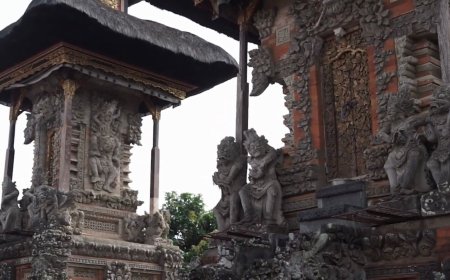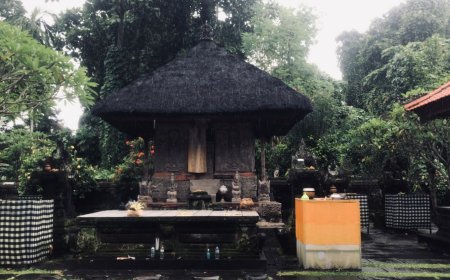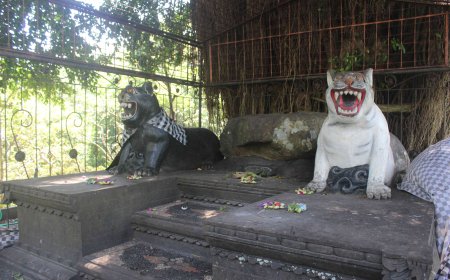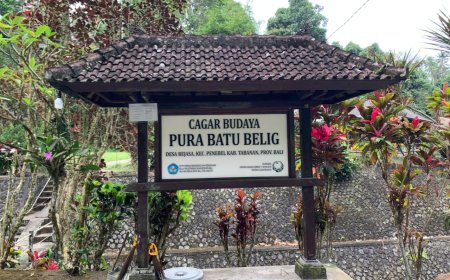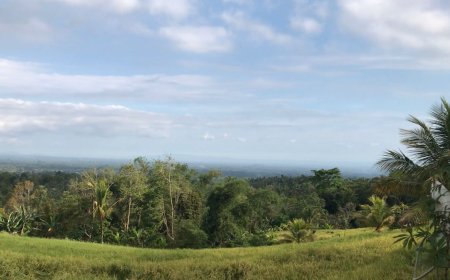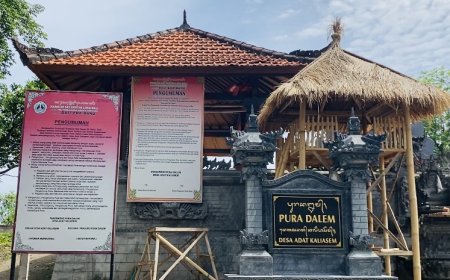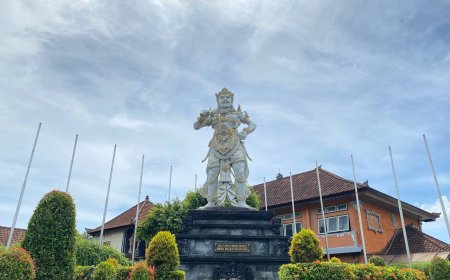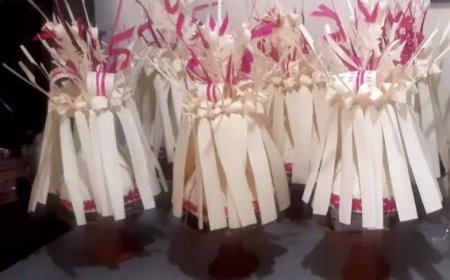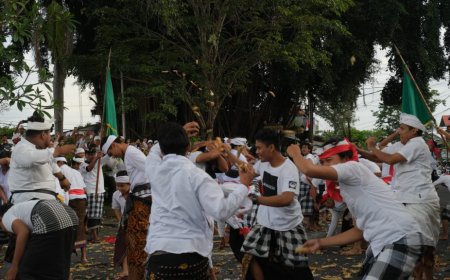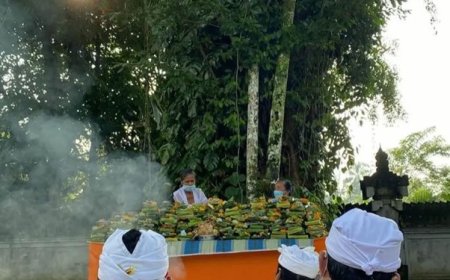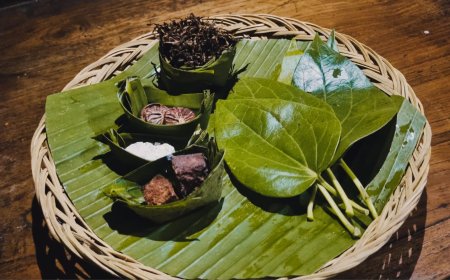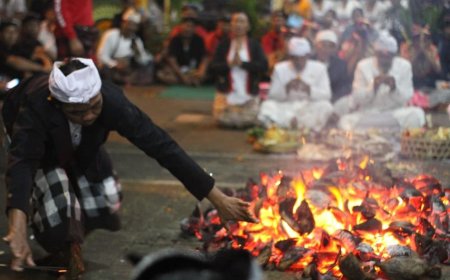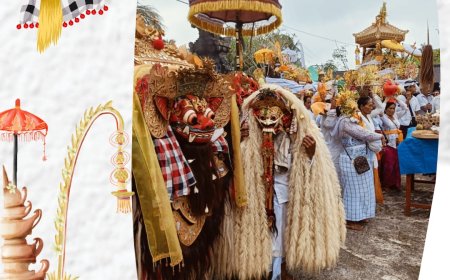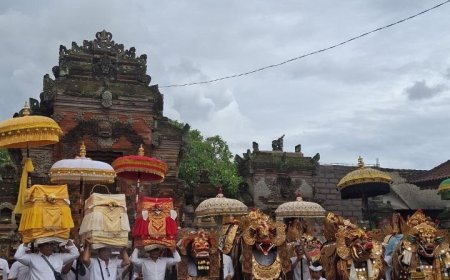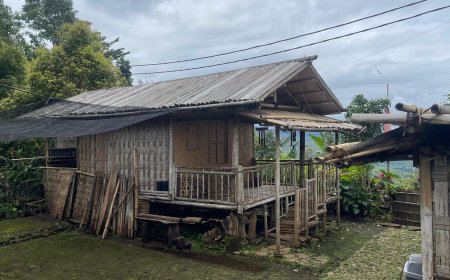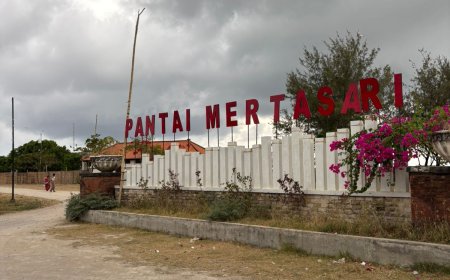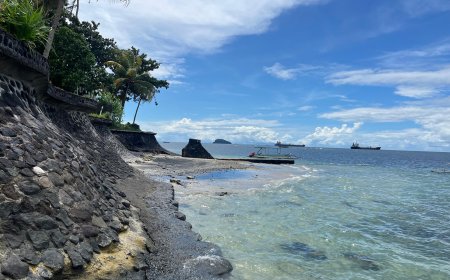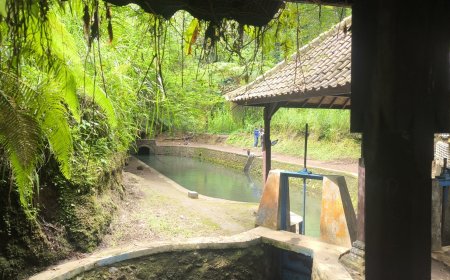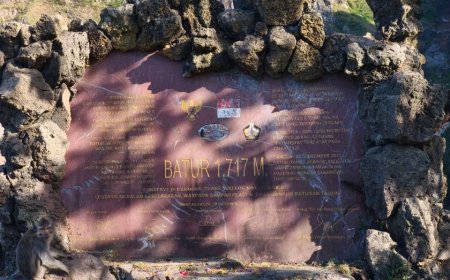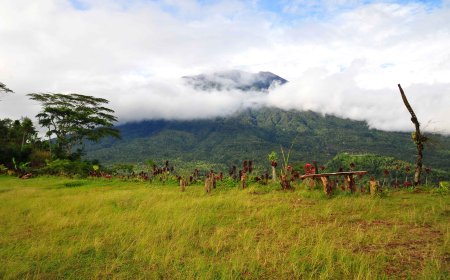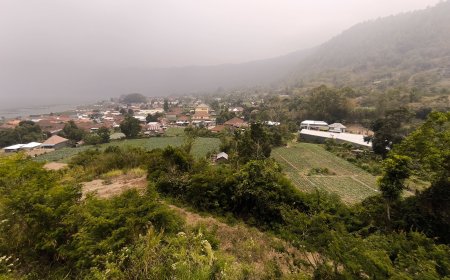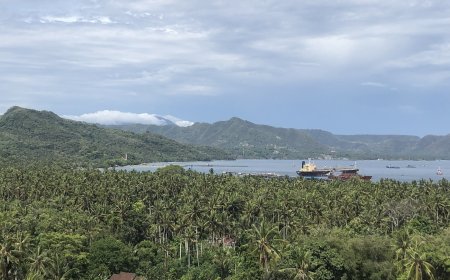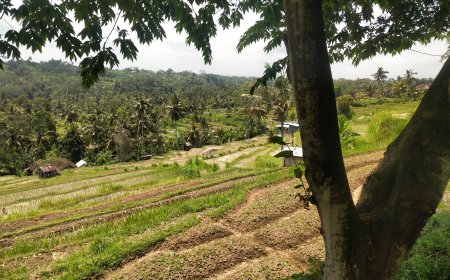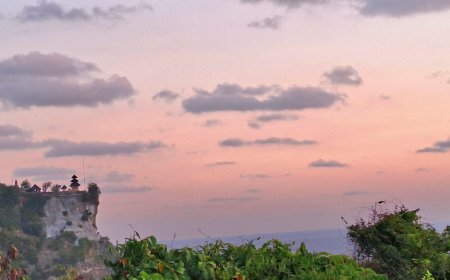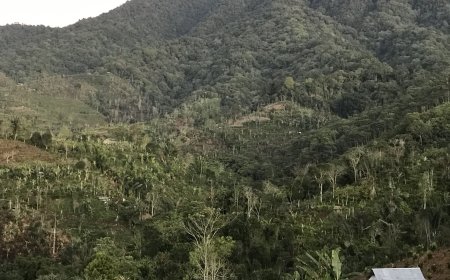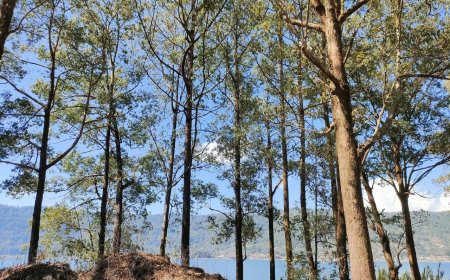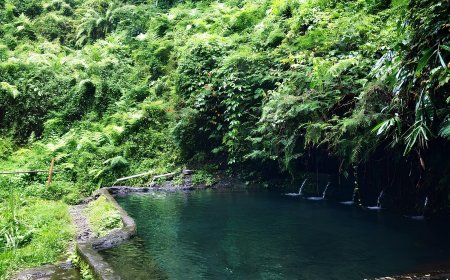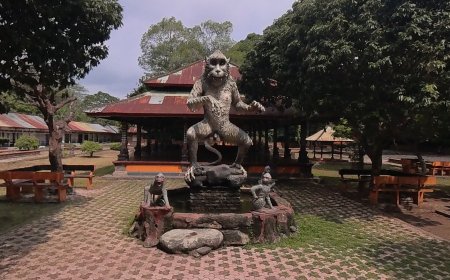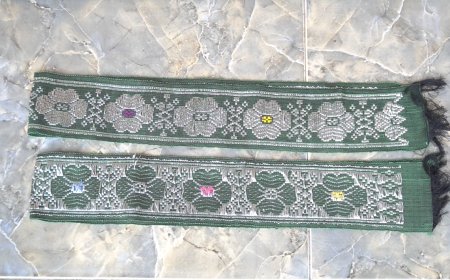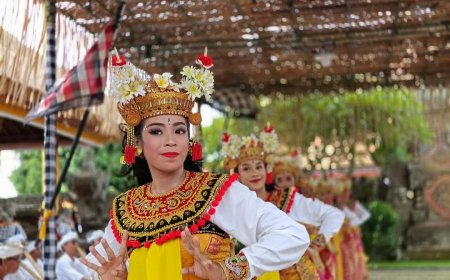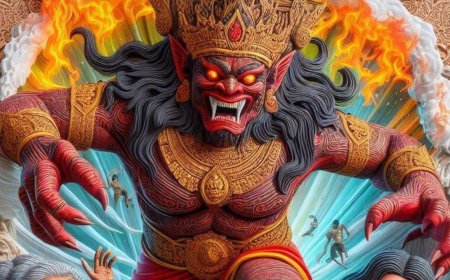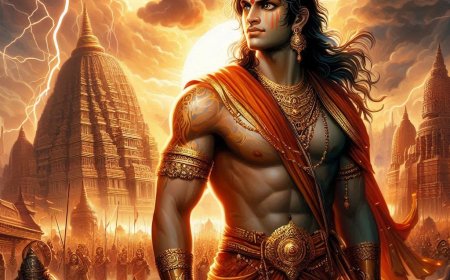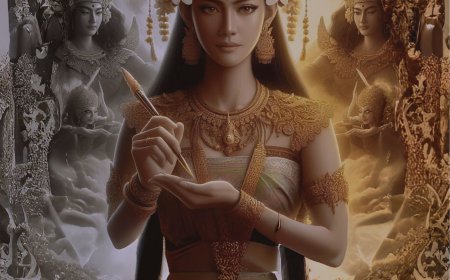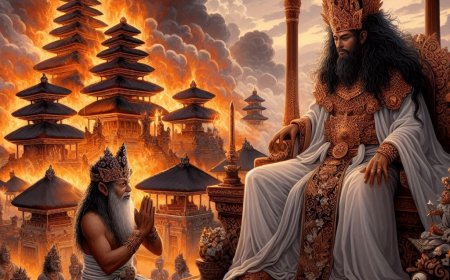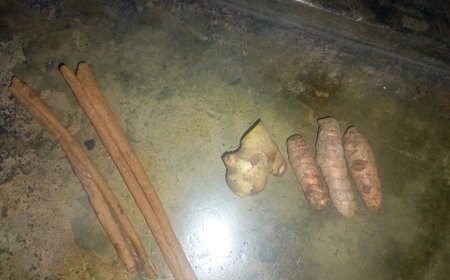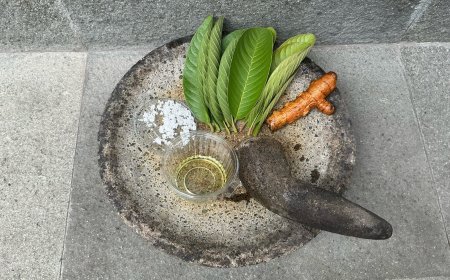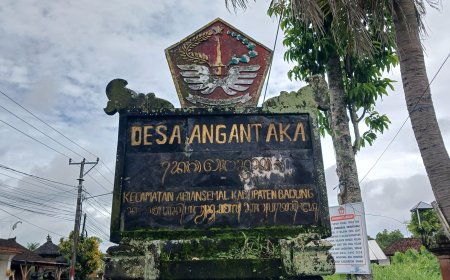Sulangai Traditional Village: The Unique "Kahyangan Tiga" Comprising Four Temples
Sulangai Traditional Village in Bali showcases its uniqueness by having four temples within the concept of Kahyangan Tiga, which usually consists of three temples in other traditional villages in Bali. The Kahyangan Tiga in Sulangai Traditional Village comprises Pura Puseh, Pura Desa, Pura Dalem Swarga, and Pura Dalem Cungkub.
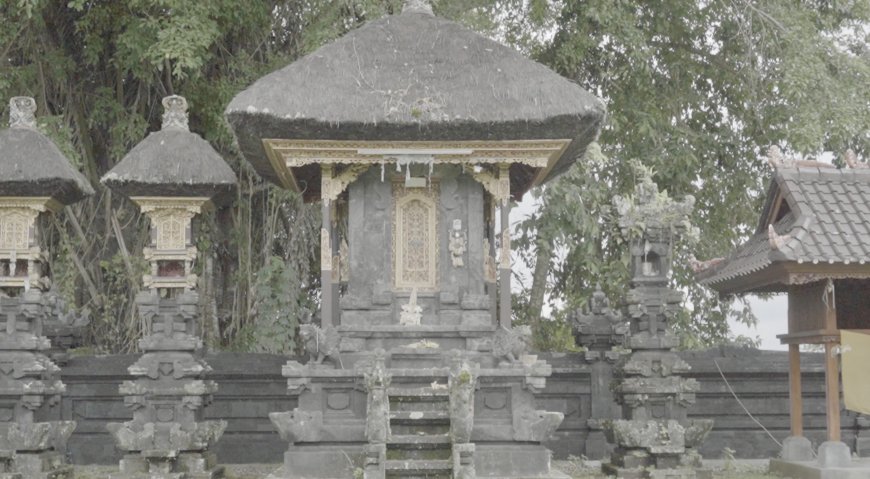
Pura Desa of Sulangai Traditional Village (Photo Source: Personal Collection)
Bali is often known by various fascinating epithets among tourists, one of which is "Bali, the island of the thousand temples," depicting the island's multitude of thousands of temples. Another frequently mentioned name is "the island of Gods" or the island of deities. The presence of numerous temples scattered throughout Bali indeed distinguishes it. The term "pura" originates from Sanskrit, meaning city or fortress. These sacred places are specifically constructed with walls as boundaries to establish contact with divine powers. In Bali, these sacred places are called "pura" and are used for worshiping Sang Hyang Widhi Wasa and the holy spirits of ancestors.
One significant example is the "Kahyangan Tiga" or the Three Holy Temples found in every traditional village in Bali. Etymologically, the term "Kahyangan Tiga" consists of the word "kahyangan" derived from "hyang," meaning sacred, with the addition of the prefix "ka" and the suffix "an" indicating place, and "tiga" meaning three. The "Kahyangan Tiga" represents one element of the Tri Hita Karana, which is the parahyangan element signifying the relationship of the village community with Sang Hyang Widhi Wasa as their protector. In detail, "Kahyangan Tiga" refers to three sacred places: Pura Puseh, Pura Desa, and Pura Dalem.
The history of the establishment of Kahyangan Tiga in every traditional village in Bali cannot be precisely determined because there are no written sources that clearly reveal it. Nevertheless, most likely, in ancient Bali, these three temples already existed within Balinese society because the word "Kahyangan" was used to refer to these sacred places. In the ancient Balinese inscriptions, the use of the word "Pura" to denote sacred places has not been found, but rather the terms "hyang" or "kahyangan" were more commonly used.
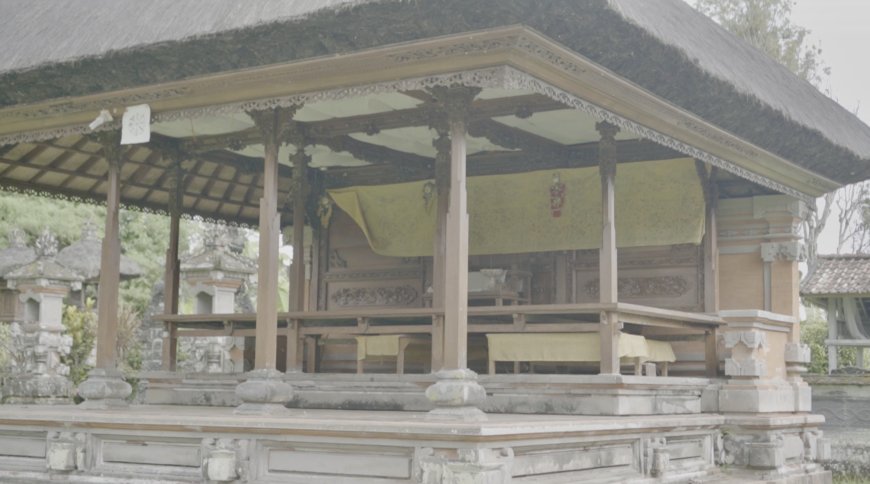
Pura Puseh of Sulangai Traditional Village (Photo Source: Personal Collection)
Unlike other traditional villages that have three temples in their Kahyangan Tiga, in Sulangai Traditional Village, its Kahyangan Tiga consists of four temples. The Kahyangan Tiga temples comprise Pura Puseh, Pura Desa, Pura Dalem Swarga, and Pura Dalem Tungkub. This Kahyangan Tiga is also interconnected with the concept of Tri Murti, representing three divine powers of Ida Sang Hyang Widhi Wasa. These three powers can be considered a representation of the three stages in the cycle of living beings: birth, life, and death. Part of the Tri Murti concept also portrays three types of gods: Brahma, Vishnu, and Shiva.
Pura Puseh of Sulangai Traditional Village is used for the worship of Lord Vishnu in his role as the preserver. Lord Vishnu is symbolized by the Aksara Ung and the color black, as well as the weapon Chakra. The ceremonies or "piodalan" in Pura Puseh of Sulangai Traditional Village coincide with the Anggara Kliwon Julungwangi day. Pura Puseh has the largest area among the Kahyangan Tiga temples in Sulangai Traditional Village, primarily because this temple hosts ceremonies that attract many people. The term "Puseh" comes from the word "puser," meaning the center. In this context, "center" refers to the source of the world's prosperity and happiness for humans. For this reason, ceremonies related to worldly fertility are held in Puseh. Regarding the layout of Pura Puseh, it is inseparable from the concept of Tri Mandala, which divides the temple buildings into three parts: Nista Mandala, Madya Mandala, and Utama Mandala. In the Madya Mandala or Jaba Tengah courtyard, there are several structures such as Candi Bentar, Bale Kulkul, Pawaregan, Bale Gong, Apit Lawang, and Candi Kurung. Usually, in the Utama Mandala or Jeroan courtyard, there are several main buildings, such as Sanggar Agung, Meru Tumpang Tujuh, Ratu Made Jelawung, Sedahan Penglurah, Gedong Pertiwi, and Batur Sari.
Unlike other traditional villages, in Sulangai Traditional Village, Pura Puseh and Pura Desa are not located in the same area but separated. Pura Desa is used for the worship of Lord Brahma in his role as the creator of the universe. Lord Brahma is symbolized by the Aksara Ang and the color red, as well as the weapon Gada. The ceremonies or "piodalan" at Pura Desa of Sulangai Traditional Village coincide with the Buda Kliwon Gumbreg day. Pura Desa functions as the center for ceremonies held for the village's interests, such as Ngusaba Desa ceremonies, offerings after the Melasti ceremony, which is carried out before the Penyepian ceremony. Regarding the layout of Pura Desa, the structures in the Madya Mandala are quite similar to the buildings in Pura Puseh. However, in Pura Desa, there is a structure called Bale Agung, which functions as a meeting place for deities during Ngusaba ceremonies and after the Melasti ceremony. In the Utama Mandala, there are fundamental buildings such as Sanggar Agung, Gedong Agung, Ratu Ketut Petung, and Sedahan Penglurah.
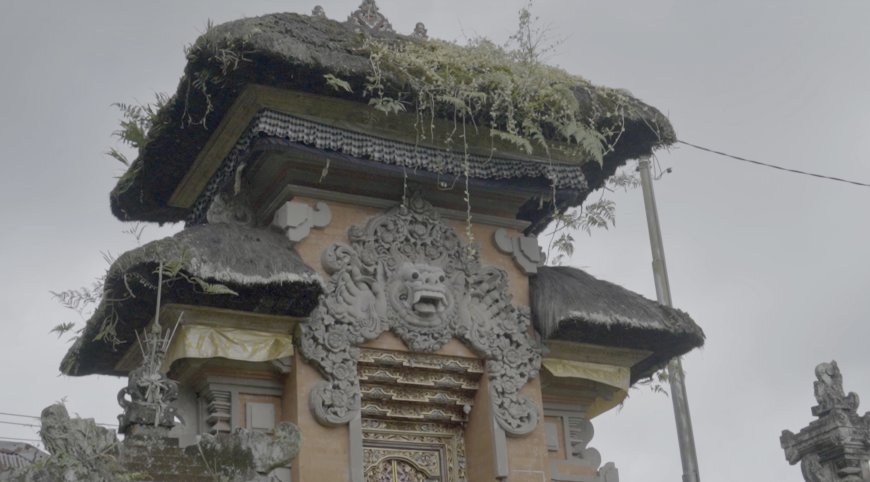
Pura Dalem Swarga of Sulangai Traditional Village (Photo Source: Personal Collection)
Sulangai Traditional Village is unique for having two "Pura Dalem," namely Pura Dalem Swarga located in Banjar Sulangai and Pura Dalem Tungkub situated in Banjar Abing. These Pura Dalem are used for worshiping Lord Shiva in the form of Goddess Durga, serving as the destructor of the universe. Lord Shiva is symbolized by the Aksara Mang and the five colors or a combination of black, white, red, yellow, as well as the weapon Padma. The ceremonies or "piodalan" at Pura Dalem Swarga coincide with the Tilem Kedasa day, while at Pura Dalem Tungkub, they are conducted on the Buda Wage Merakih day.
The term "Dalem" literally means "far" or "difficult to reach." This term is used because Lord Shiva, in reality, is challenging for humans to approach due to its abstract and incomprehensible nature as niskala and wyapi-wyapaka. The power (sakti) of Lord Shiva is represented by Goddess Durga, which means "do not approach." This reflects the krodha (rage) nature of Lord Shiva, functioning in the manifestation of the creation of the world. Regarding the layout of Pura Dalem Swarga and Pura Dalem Tungkub, they are quite similar to Pura Desa, but there are several differences, one being that there is no structure called Bale Agung in Pura Dalem Swarga and Pura Dalem Tungkub.
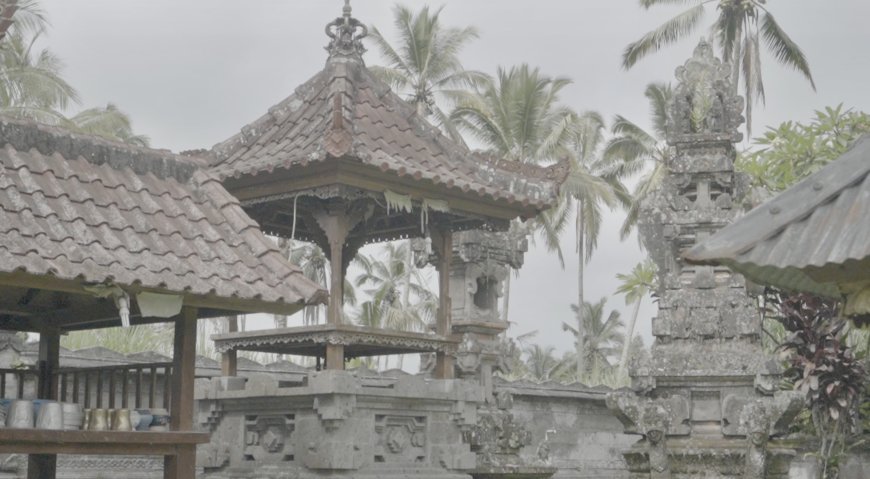
Pura Dalem Tungkub of Sulangai Traditional Village (Photo Source: Personal Collection)
Sulangai Traditional Village in Bali showcases its uniqueness by having four temples within the concept of Kahyangan Tiga, which usually consists of three temples in other traditional villages in Bali. The Kahyangan Tiga in Sulangai Traditional Village comprises Pura Puseh, Pura Desa, Pura Dalem Swarga, and Pura Dalem Tungkub. Each temple has its unique function reflecting the concept of Tri Murti, representing aspects of birth, life, and death. The existence of two Pura Dalem adds to the village's uniqueness, reinforcing the worship of Lord Shiva in the form of Goddess Durga, representing abstract qualities and the power of the universe. Another distinction is that Pura Puseh and Pura Desa are located separately, while typically, these two temples are within the same area in other traditional villages. The concepts of Tri Mandala and Tri Murti are reflected in the layout and functions of each temple, making Sulangai Traditional Village a unique example of the complexity of beliefs and religious rituals in Balinese society.
